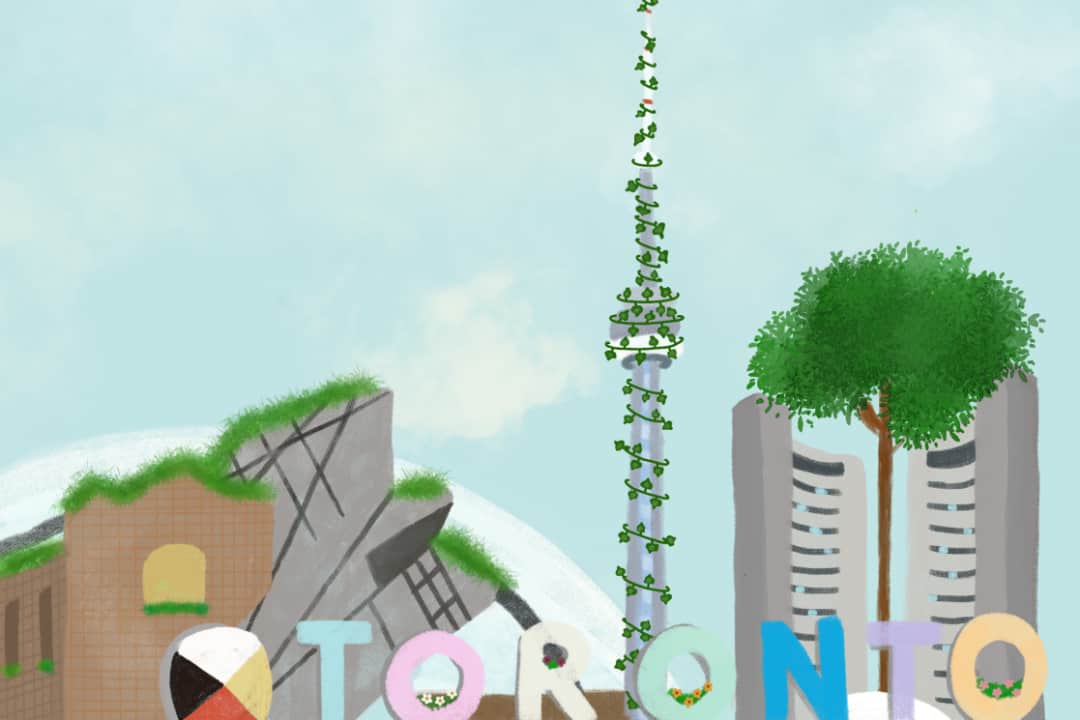One of the more menial tasks researchers undertake is data collection. While the process of cataloguing information for later analysis may be slow, major databases are invaluable for research, although the hard work of creating them rarely garners acclaim.
UTSC professor and ecologist Marc Cadotte recently undertook such a project. He studies the diversity and distribution of organisms, particularly plants. In a recently published study, he outlined a major project listing species of vascular plants — plants with vascular tissue that conducts material through the plant — in Toronto. The project was born out of a need that Cadotte noticed through his work with the Global Urban Biological Invasions Consortium.
“I realized when we were compiling data that we actually didn’t have a comprehensive species list for Toronto,” he said in an interview with The Varsity. He set out to create that list.
Incomplete but useful
Cadotte drew data from various sources around the city that had already catalogued some species in Toronto. The issue was that none of them were comprehensive. Not only had no one set out to make a complete list before, but the lists that did exist tended to ignore a big part of biodiversity in the city — private yards.
Scientists studying plant species in cities tend to gravitate toward more natural areas, like parks or woodlands. “We tend to discount heavily impacted areas where human activity is really prominent,” explained Cadotte. For this reason, Cadotte’s list could be incomplete. More research and data are needed to determine just how many, and which species are present in Toronto’s private yards. “We don’t spend as much time identifying a thing growing in a crack in a sidewalk,” said Cadotte.
Even with these caveats, Cadotte managed to log over 1,900 different species, 822 of which are not native to Canada. Identifying these non-native species could be vital for identifying — and, hopefully, preventing — biological threats.
Most of these threats come in the form of invasive species, which are foreign species that can overwhelm and destroy native life. Many such species exist in private yards, and were imported because people wanted certain plants in their garden. Cadotte explained that identifying these foreign species is vital. “If people are planting a myriad of different kinds of species and we don’t know about them, it could be the next major invasive species sitting in someone’s garden, ready to escape.”
He pointed to the example of kudzu, a vine that has had a disastrous impact on ecosystems in the United States. Kudzu can grow up to a foot a day and is sometimes called “the vine that ate the South.” Awareness of species like kudzu allows conservationists to prevent harmful invasions and protect native plant life. Cadotte noted that, due to the efforts of Ontario conservation organizations, “There was a population that was found [in Canada], and that was quickly eradicated.”
Already in use
Cadotte’s research has already found some applications. “[The] Toronto and Region Conservation Authority [has] already been using it for species prioritization and to control species.” Cadotte made the list publicly available so that it might aid anyone who needs it, and so that it could potentially affect policy-making. “My hope is that it becomes of value to other people in their research or management,” he said.
Unlike most of Cadotte’s work, this project did not follow the typical ‘hypothesis and experiment’ structure that many people associate with scientific progress. This list is a very different sort of contribution, but it is no less valuable. Scientific progress requires collaboration, and open sharing of information.
“Providing information and resources to other people can be just as great a contribution to the progression of science and applied science,” said Cadotte. “It’s a broader move toward what we call open science, which is making sure that things are openly available and accessible. I think what I did with this one is try to live up to those principles of openness and transparency.”


